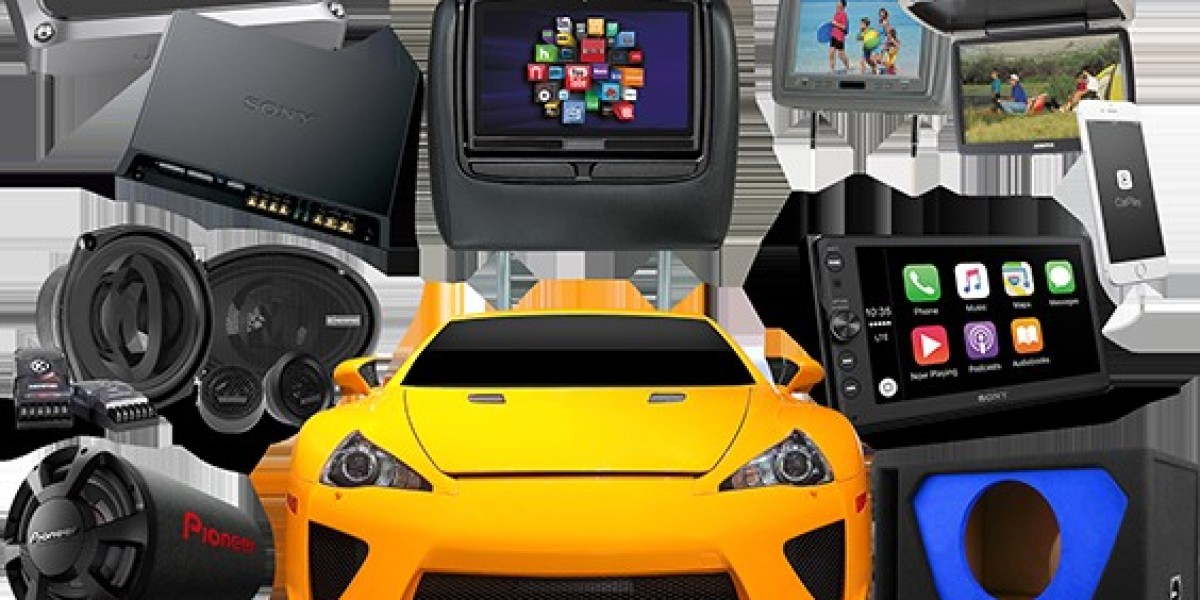1. Ignoring Proper Planning
One of the biggest mistakes is rushing into an upgrade without a clear plan. People often buy speakers, subwoofers, or amplifiers based solely on reviews or recommendations, without considering compatibility with their vehicle. Each car has unique acoustics, space limitations, and electrical setups. Planning ensures that you select the right components for your specific vehicle and listening style. Before purchasing anything, ask yourself: What’s my goal? Louder bass? Cleaner vocals? Balanced sound?
2. Choosing Incompatible Components
Mixing random parts can lead to poor performance. For example, pairing a high-power amplifier with low-wattage speakers can easily damage them, while underpowered amps won’t drive your subs effectively. Always check specifications like RMS power handling, impedance, and sensitivity. Brands like Pride Solo 300 deliver excellent performance, but even with premium gear, ensuring compatibility is crucial. A properly matched system ensures maximum efficiency and sound clarity.
3. Overlooking Sound Deadening Materials
Even the best speakers can sound poor in a noisy cabin. Road noise, rattles, and vibrations reduce clarity and bass response. Many people skip installing sound deadening materials, thinking they are unnecessary. In reality, they are essential for improving overall sound quality. Materials like foam or specialized deadening sheets reduce unwanted noise and allow your new audio system to shine. It’s one of the most cost-effective upgrades you can make.
4. Improper Wiring and Connections
High-quality components mean little if the wiring is sloppy. Using thin or poor-grade wires can cause voltage drops, overheating, or distorted sound. Ground loops and improper power distribution also lead to frustrating problems. Invest in oxygen-free copper (OFC) wiring kits, secure your connections, and ensure proper grounding. Many DIY installers overlook wiring quality, but it’s the backbone of a reliable car audio setup.
5. Not Upgrading the Electrical System
Amplifiers, especially powerful ones, draw a lot of current. Relying solely on your factory alternator and battery often results in dimming headlights, system shutdowns, or even electrical damage. If you’re running a system with multiple amps or a high-power subwoofer like the Pride Solo 300, consider upgrading to a high-output alternator, adding a secondary battery, or installing a capacitor. A strong electrical foundation keeps your audio system running smoothly.
6. Skipping Professional Tuning
After installation, many people simply start playing music without tuning their system. This mistake can result in distorted sound, weak bass, or unbalanced output. Proper tuning involves setting crossover points, gain levels, and equalizer adjustments. Professional tuning ensures that your system delivers clean, accurate sound across all frequencies. If professional help isn’t an option, learn how to fine-tune your gear using test tones and tuning software.
7. Focusing Only on Bass
It’s easy to get caught up in the thrill of powerful bass. While subwoofers create an exciting low-end punch, focusing only on bass neglects the importance of mids and highs. A system dominated by bass often sounds muddy and drowns out vocals and instruments. A balanced setup with quality mids and tweeters ensures that every detail in your music is preserved. The best car audio systems combine depth, clarity, and precision.
8. Neglecting Speaker Placement
Speaker placement dramatically affects how your system sounds. Many people install speakers in factory locations without considering acoustics. While this works for convenience, upgrading often requires repositioning speakers for optimal performance. Tweeters, for instance, perform best when mounted higher on doors or dashboards. Subwoofers may require custom enclosures tailored to your vehicle’s acoustics. The effort pays off in a richer, more immersive listening experience.
9. Underestimating the Importance of Enclosures
A subwoofer’s enclosure is just as important as the subwoofer itself. Installing a high-quality sub in a poorly built or mismatched box results in weak or distorted bass. Enclosures must match the sub’s specifications for size, volume, and port tuning. For instance, a sub like the Pride Solo 300 requires a well-designed enclosure to unleash its full potential. Investing in a proper enclosure ensures tight, deep, and accurate bass response.
10. Forgetting About Future Upgrades
Many car audio enthusiasts upgrade in stages. Unfortunately, some people buy gear without thinking about future plans. For example, choosing an amplifier with no room for expansion may force you to replace it later. Planning ahead saves money and hassle. Select components that allow flexibility—such as amps with extra channels, head units with advanced outputs, or wiring that supports additional power. A scalable system means you can enjoy upgrades without starting from scratch.
Final Thoughts
Upgrading your car audio system should be exciting, not frustrating. By avoiding these 10 common mistakes, you’ll save yourself from wasted money and poor performance. Remember to plan carefully, match your components, prioritize proper wiring, and always think ahead.
If you’re investing in powerful equipment like the Pride Solo 300, make sure you’re giving it the right electrical support and enclosure design to perform at its best. With careful planning and attention to detail, your upgraded system can deliver breathtaking sound quality that transforms every drive into a premium audio experience.








